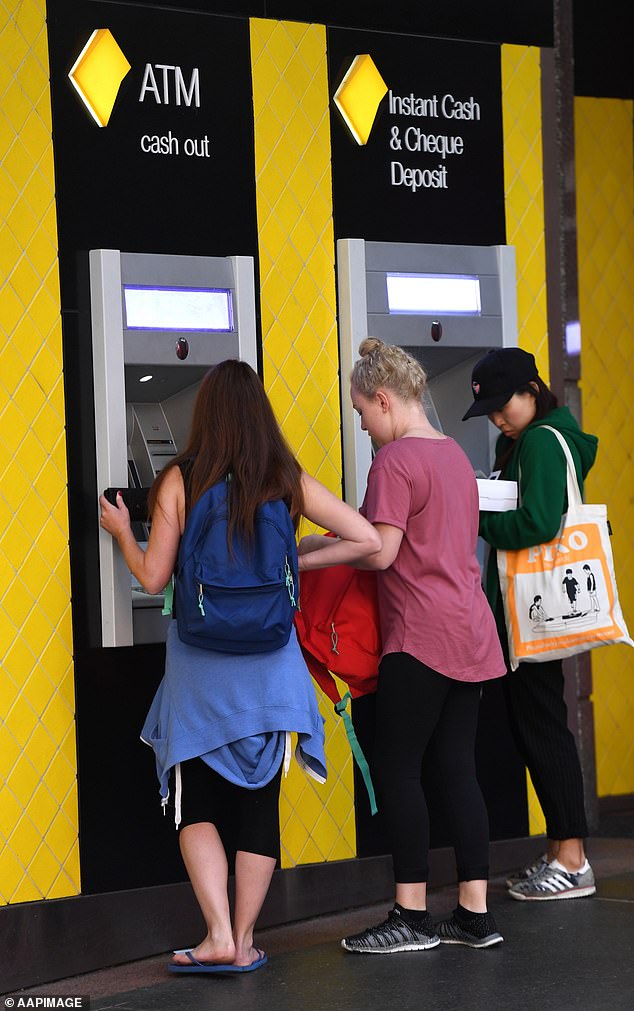Up to two million Australians could soon see or are already seeing extra money in their bank accounts following an ASIC investigation.
The corporate watchdog released a report in July that found ANZ, Bendigo and Adelaide Bank, Commonwealth Bank and Westpac were keeping millions of low-income Australians in high-fee accounts.
Among them were many who relied on Centrelink payments just to get through the week.
The two million Australians affected, including many First Nations customers, will be refunded a total of $28 million in total, according to the Better banking for Indigenous Consumers report.
Some Australians have already reported seeing money appear in their accounts.
A CBA customer shared his surprise on social media when he saw $105 appear in his account.
‘I have this too. They paid me $777.64… I have no idea what’s going on,” said another.
‘Did they just pay me $475.49? I’m also confused but happy lol,” said a CBA customer.
The corporate watchdog released a report in July that found ANZ, Bendigo and Adelaide Bank, Commonwealth Bank and Westpac were keeping millions of low-income Australians in high-fee accounts (file image of CBA ATM in Brisbane)
ASIC commissioner Alan Kirkland previously said banks had caused financial stress to many Australians who were already struggling to make ends meet.
“The banks knew that many of these low-income customers had inappropriate accounts with high fees, and it took ASIC’s intervention to force them to act,” Commissioner Kirkland said.
“Prior to our review, most banks only offered customers difficult ‘opt-in’ processes to switch to low-fee banking options, which included forcing some consumers to travel hundreds of kilometers to the nearest bank branch.” “.
So far, more than 200,000 customers have moved to low-rate accounts, which is expected to save them $10 million in future annual savings.
Customers will receive their money back in the next 12 to 18 months.
‘Banks need to ensure they have systems and processes in place so that low-income customers can easily transition to low-fee accounts, regardless of their location.
“We hope that all banks – not just those we reviewed for this report – will consider these findings, improve the accessibility and distribution of low-cost accounts, and commit adequate resources to specialized First Nations services,” he said.
One of the worst examples of fee damage was a low-income ANZ customer who was charged $3,606 in default fees, but it was Commonwealth Bank that had the highest fee accounts held by ANZ customers. low income in the study.

A regional NSW disability support pensioner was charged more than $2280 in non-compliance fees in one year
In the Alice Springs region, which has one of the largest postcode areas and is one of the most deprived in Australia, low-income customers were more likely to pay excessive rates than in any other locality.
A total of 3,054 low-income Alice Springs customers from the four banks in the study were collectively charged more than $200,000 in fees, mostly overdraft fees ($115,325) and non-payment fees ($37,674).
A regional NSW disability support pensioner was charged more than $2,280 in non-payment fees in one year, while a person receiving a Centrelink carer’s payment was charged $1,772. dollars in account maintenance fees.

